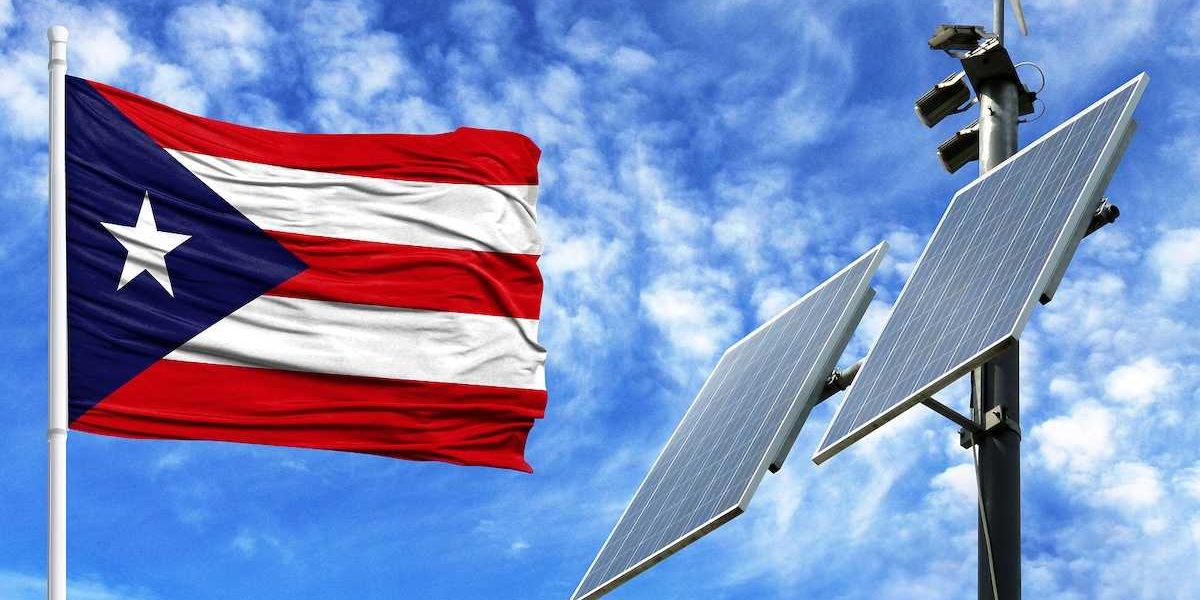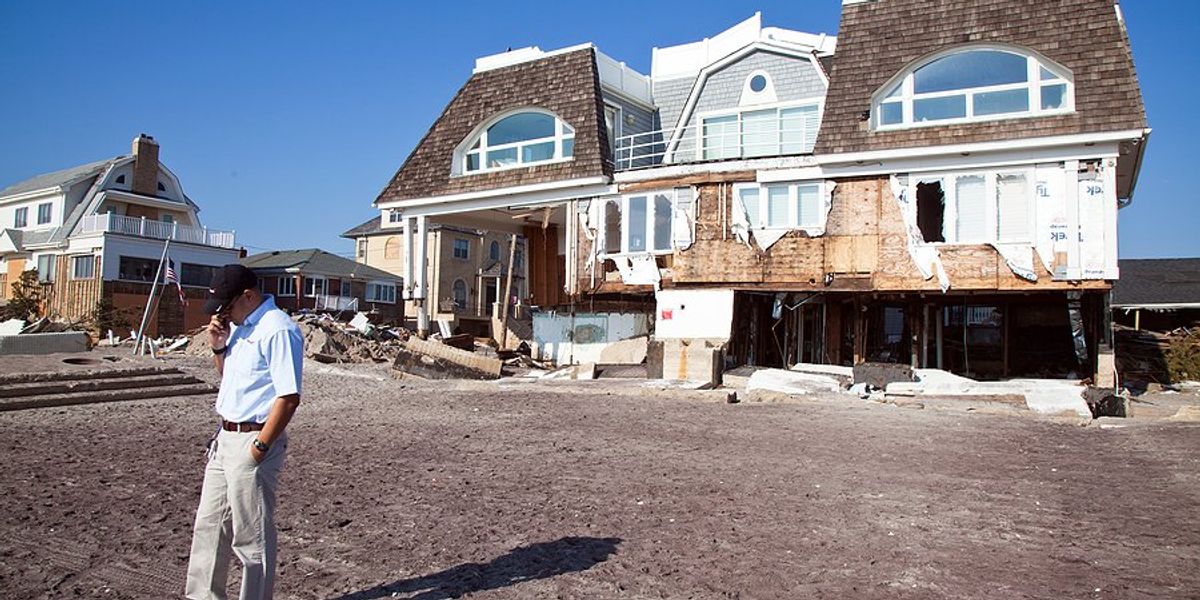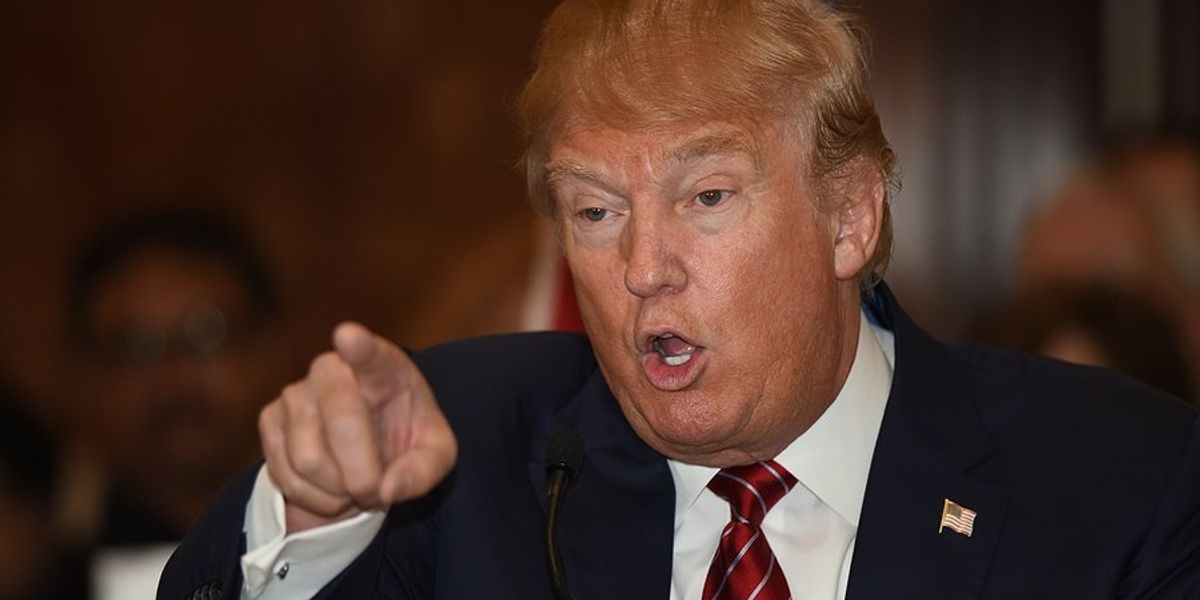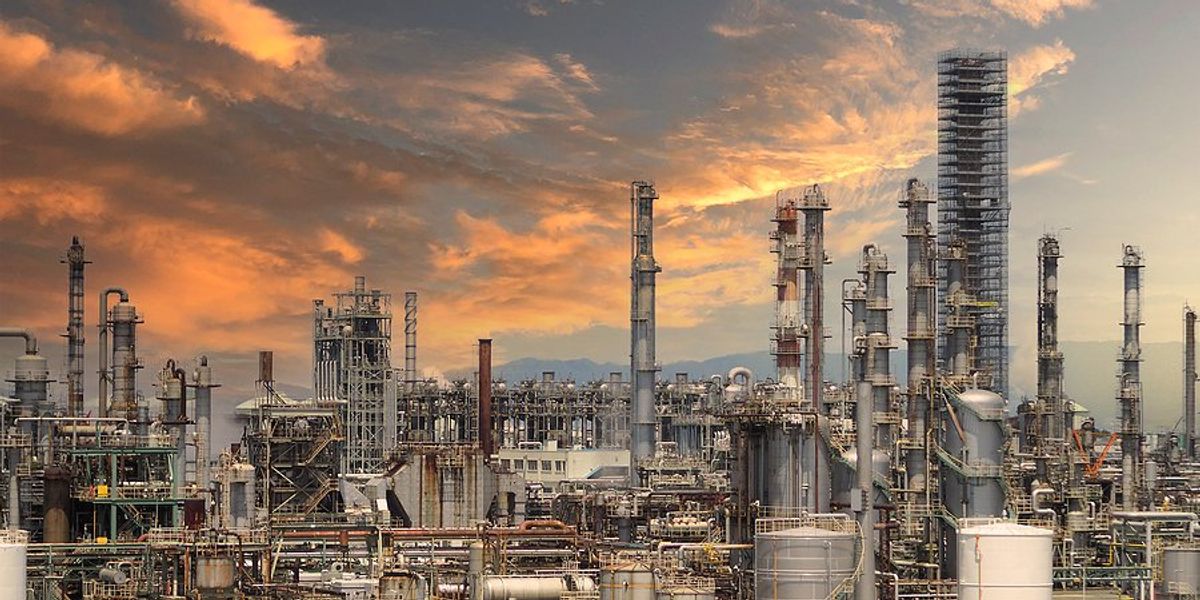Biden's hydrogen plan hits transport obstacles
President Biden's $7 billion clean hydrogen initiative faces significant challenges due to unclear regulations on transporting hydrogen fuel, potentially stalling the administration's emission reduction goals.
Christian Robles reports for E&E News.
In short:
- Transporting hydrogen efficiently requires a mix of trucks, existing natural gas pipelines, and new infrastructure, but regulatory gaps and safety concerns pose hurdles.
- There is no federal authority to permit interstate hydrogen pipelines, and many states lack specific regulations for intrastate transport.
- Industry experts emphasize the need for urgent infrastructure planning to meet the administration's hydrogen production targets.
Key quote:
" ... we need to figure out where we’re going to end up using hydrogen because that’ll have a huge impact on to what degree we want to rely on building pipes.”
— Dan Esposito, senior hydrogen policy analyst for climate research firm Energy Innovation
Why this matters:
Hydrogen, often touted as a cornerstone of a future clean energy economy, offers a promising alternative to fossil fuels, especially for sectors like heavy industry and transportation. However, the infrastructure needed to safely and efficiently transport hydrogen is still in its infancy. Without clear and consistent regulations, the development of necessary pipelines, storage facilities, and transportation networks remains sluggish.
Be sure to read: Hydrogen industry growth lags behind U.S. climate targets













